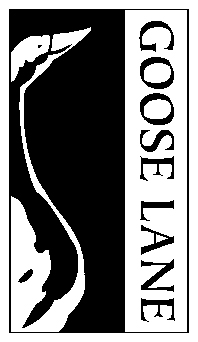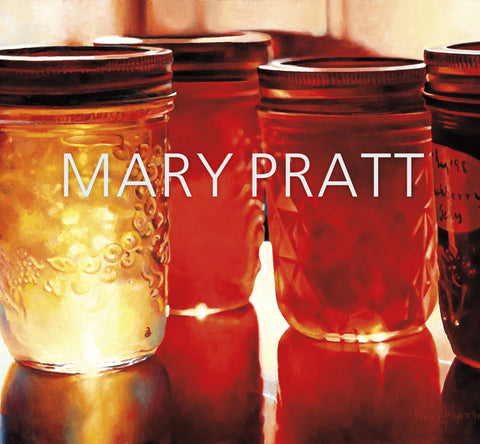Tappan Adney (Author) & C. Ted Behne (Editor)
The Travel Journals of Tappan Adney Vol. 1, 1887-1890 (eBOOK)
160 pages
Published: April 12, 2016
Non-Fiction / Travel
ePub: 9780864927989 $18.95
In 1887, at the age of just 18, intellectually and artistically gifted American Tappan Adney embarked on his first trip to New Brunswick. He had plans to enrol at Columbia University in the fall, primed for a meteoric rise in academia — but fate intervened. He fell under the spell of the wilderness of Maine, New Brunswick, and Nova Scotia, and the local Maliseet people. Nothing escaped his curiosity, Adney embarked on hunting, fishing, and camping trips with Humboldt (Hum) Sharp, his future brother-in-law; Peter Joseph, who would become his Maliseet mentor; and Purps, Hum's hunting dog. Adney recorded his wilderness adventures in his journals through evocative sketches and memorable prose, including the detail of a caribou hunt decades before their extinction in this area of the country. Tappan Adney's writings, illustrations, and photographs were published in Harper's Magazine. His models of aboriginal canoes, now in many museum collections, helped save the birchbark canoe from oblivion.
Published: April 12, 2016
Non-Fiction / Travel
ePub: 9780864927989 $18.95
In 1887, at the age of just 18, intellectually and artistically gifted American Tappan Adney embarked on his first trip to New Brunswick. He had plans to enrol at Columbia University in the fall, primed for a meteoric rise in academia — but fate intervened. He fell under the spell of the wilderness of Maine, New Brunswick, and Nova Scotia, and the local Maliseet people. Nothing escaped his curiosity, Adney embarked on hunting, fishing, and camping trips with Humboldt (Hum) Sharp, his future brother-in-law; Peter Joseph, who would become his Maliseet mentor; and Purps, Hum's hunting dog. Adney recorded his wilderness adventures in his journals through evocative sketches and memorable prose, including the detail of a caribou hunt decades before their extinction in this area of the country. Tappan Adney's writings, illustrations, and photographs were published in Harper's Magazine. His models of aboriginal canoes, now in many museum collections, helped save the birchbark canoe from oblivion.
Authors
C. Ted Behne's interest in Tappan Adney began when he attended a birchbark canoe-building class. Behne worked for nearly 30 years as a writer and editor. His articles on the birchbark canoe and Tappan Adney appeared in Native Peoples Magazine, Prairies North, and Wooden Boat Magazine. Behne passed away in 2014, just as Tappan Adney, Vol. 2 went to press.
Tappan Adney, born in 1868 in Athens, Ohio, was an artist, a writer, and a photographer. He was credited with saving the art of birchbark canoe construction and built more than 100 models of different types. During World War I, he was an engineering officer for the Royal Military College. His book about the Klondike Gold Rush has become a well-loved standard. He worked in Montreal, where he worked as a consultant on aboriginal lore, then retired to Woodstock, New Brunswick, where his wife, Minnie Bell Sharp, had been born. He died in 1950.
Tappan Adney, born in 1868 in Athens, Ohio, was an artist, a writer, and a photographer. He was credited with saving the art of birchbark canoe construction and built more than 100 models of different types. During World War I, he was an engineering officer for the Royal Military College. His book about the Klondike Gold Rush has become a well-loved standard. He worked in Montreal, where he worked as a consultant on aboriginal lore, then retired to Woodstock, New Brunswick, where his wife, Minnie Bell Sharp, had been born. He died in 1950.
Customer Reviews
Based on 2 reviews
Write a review










